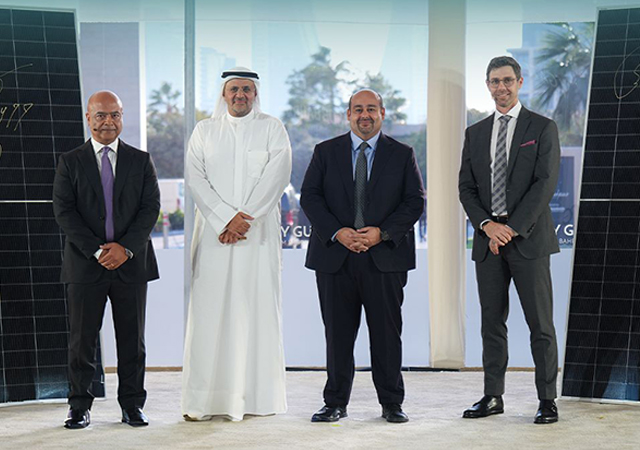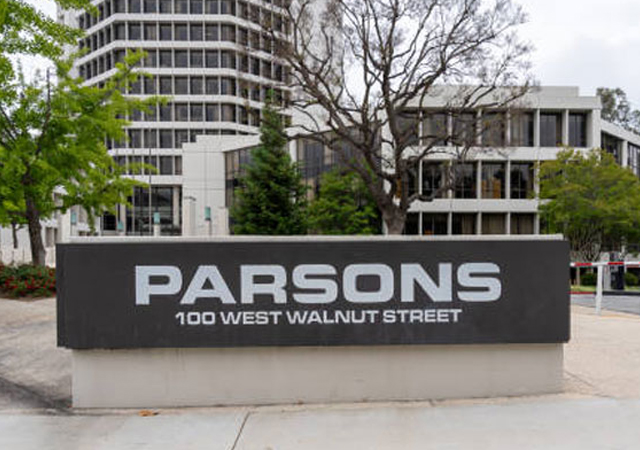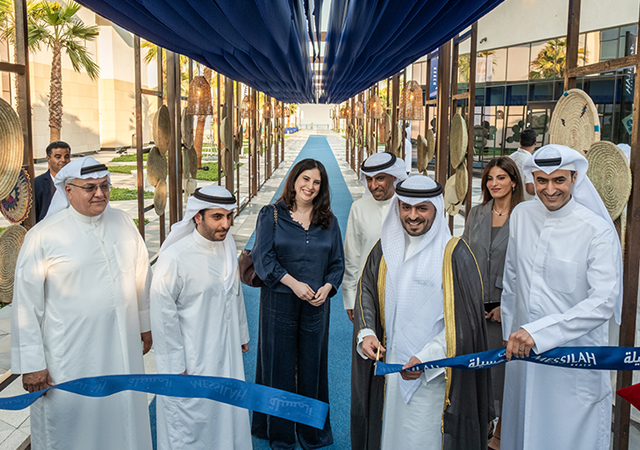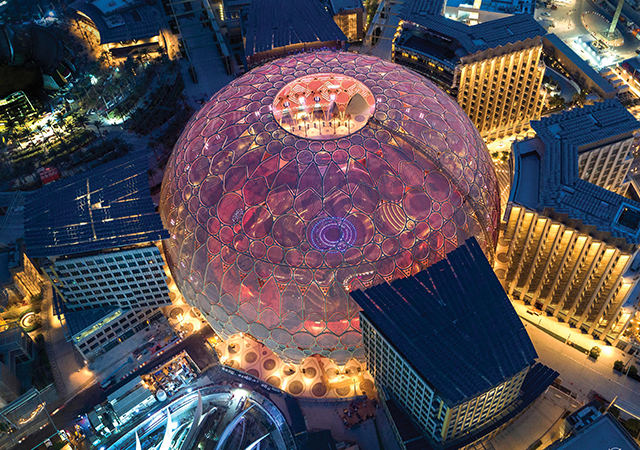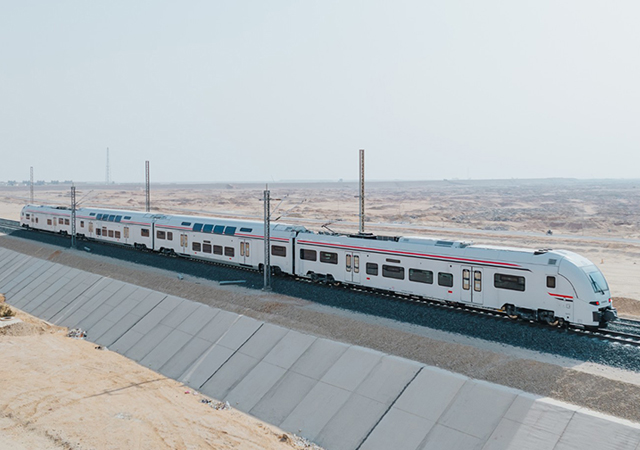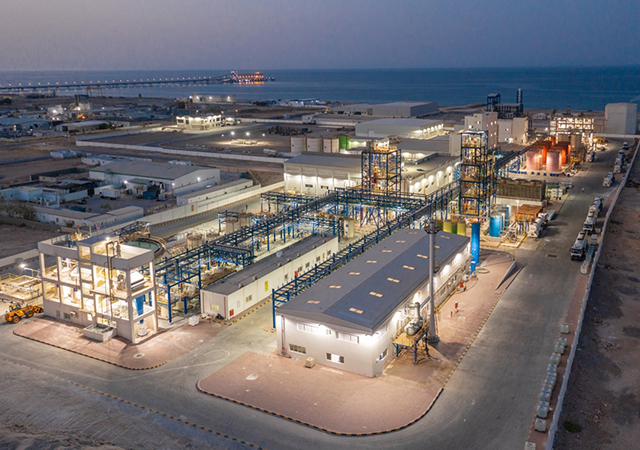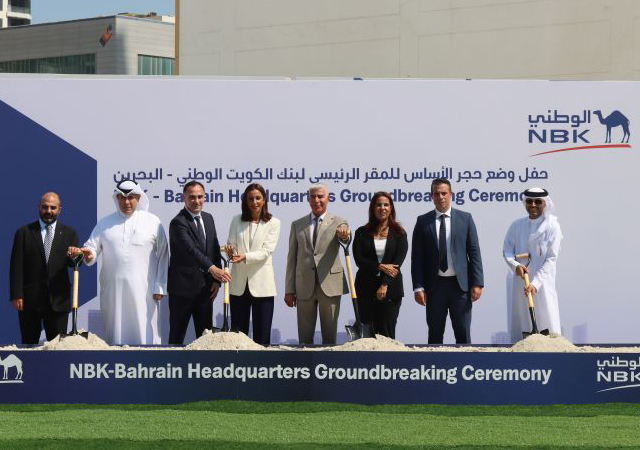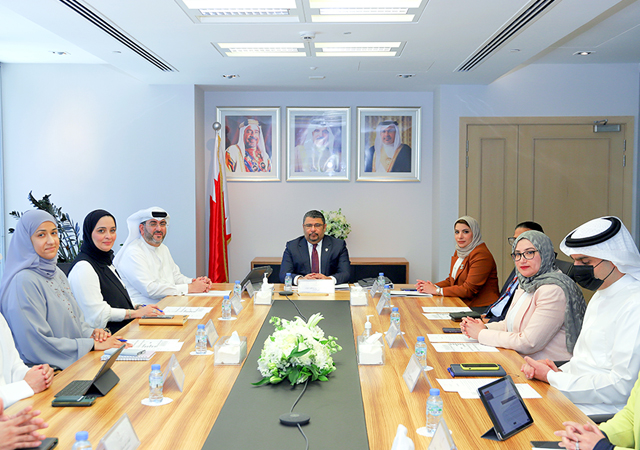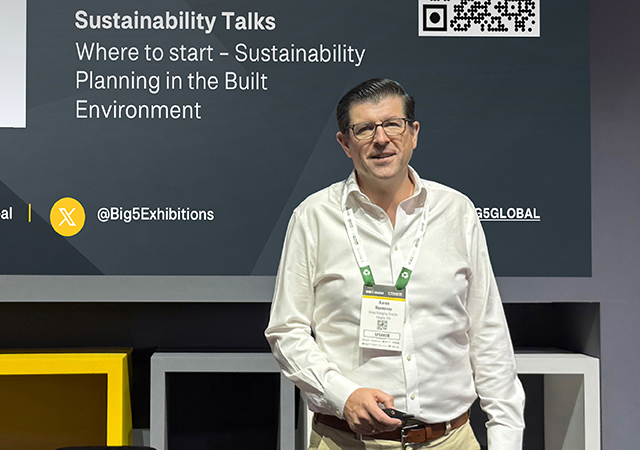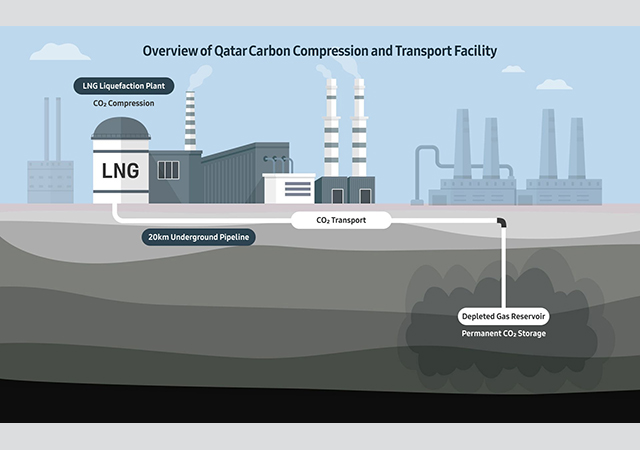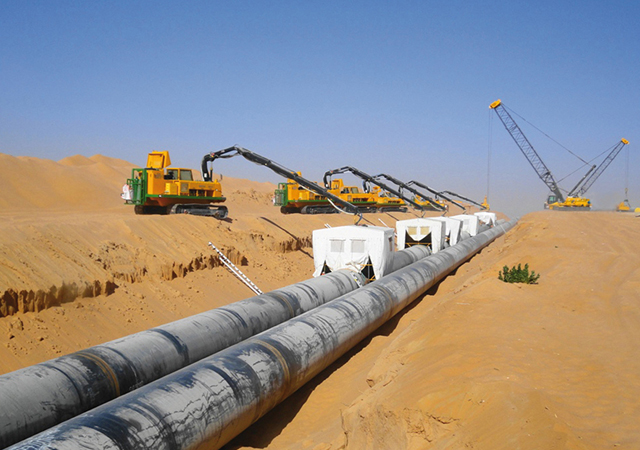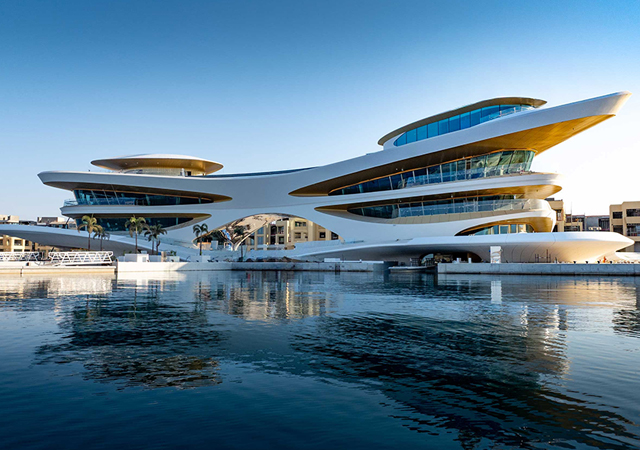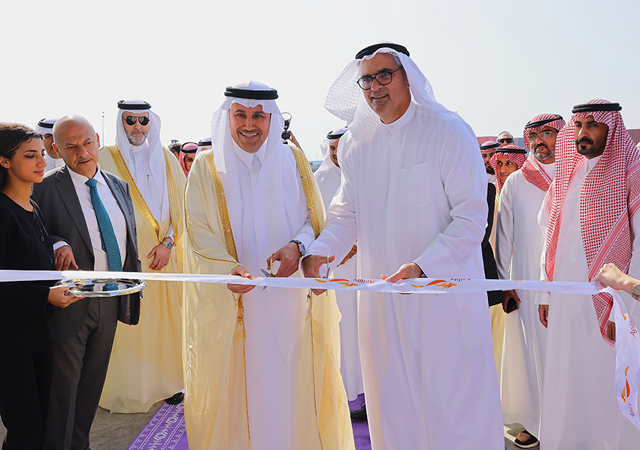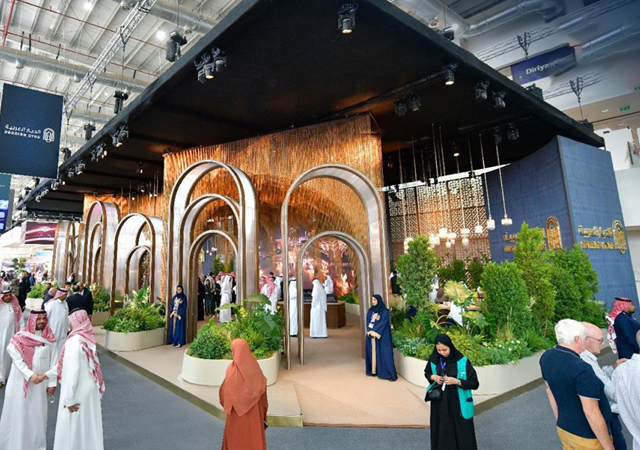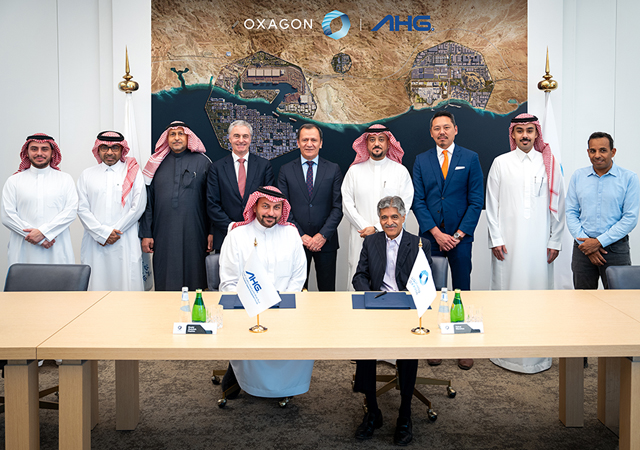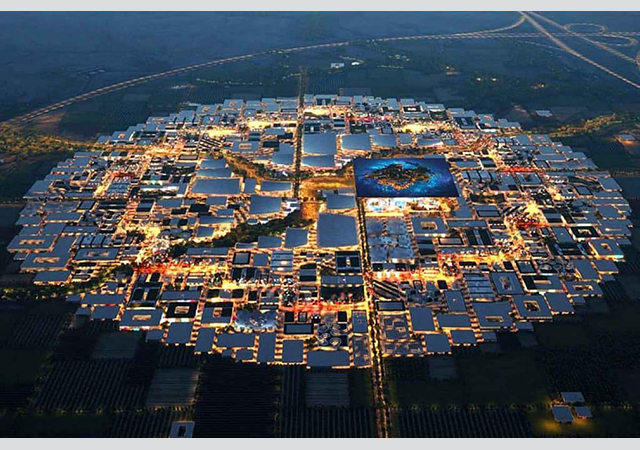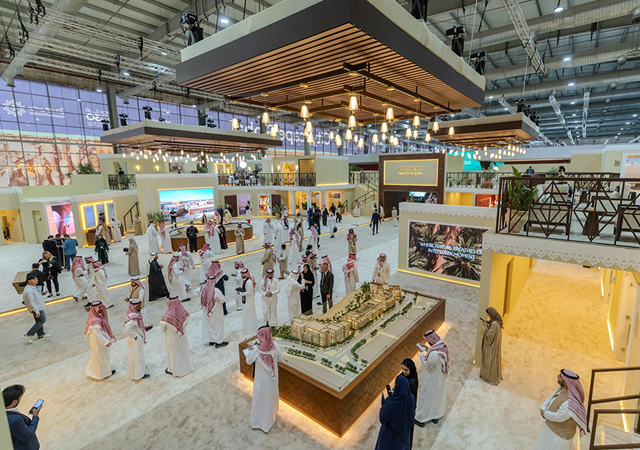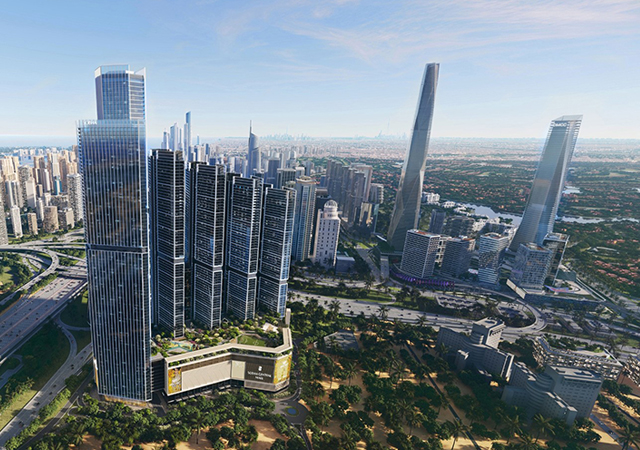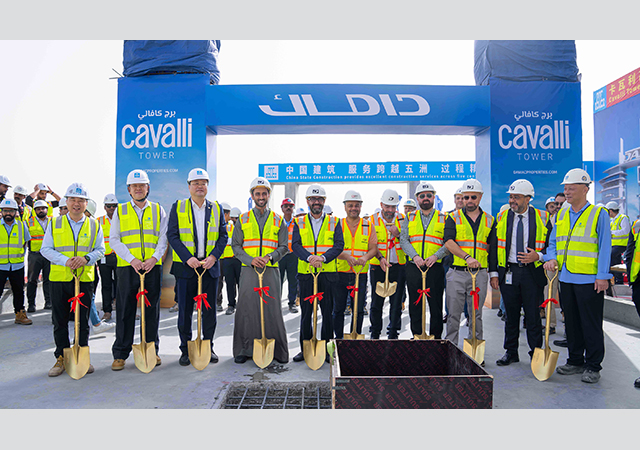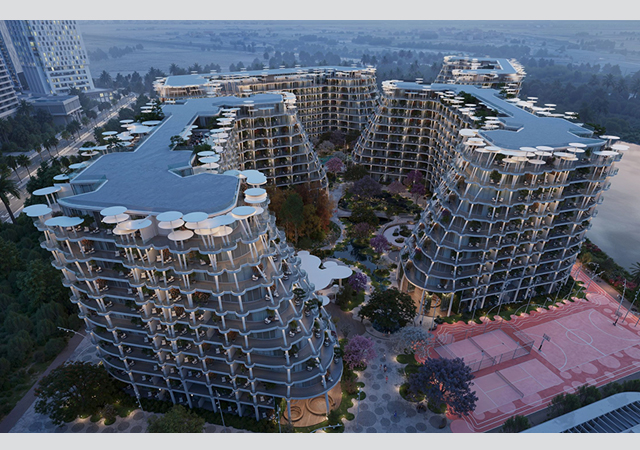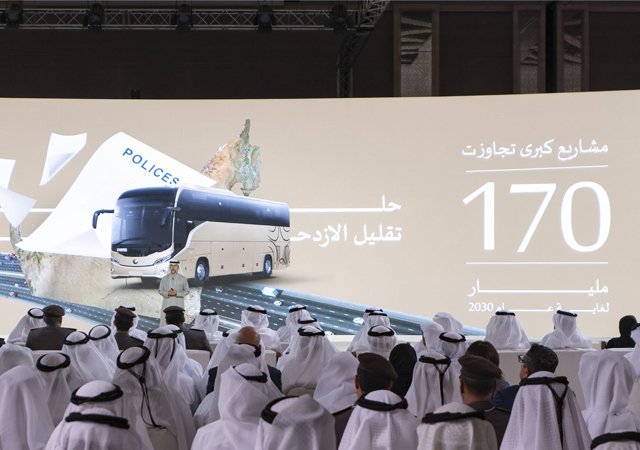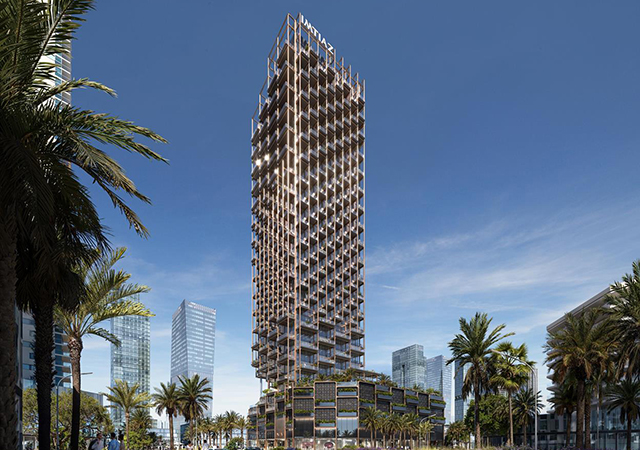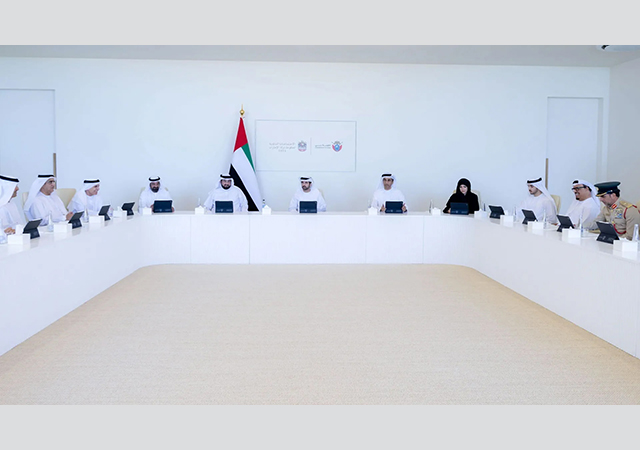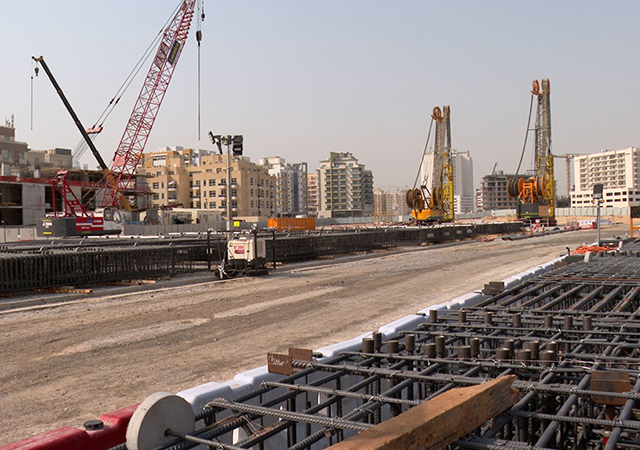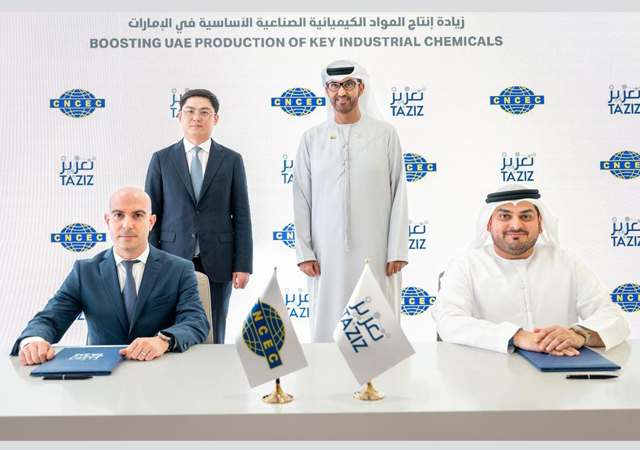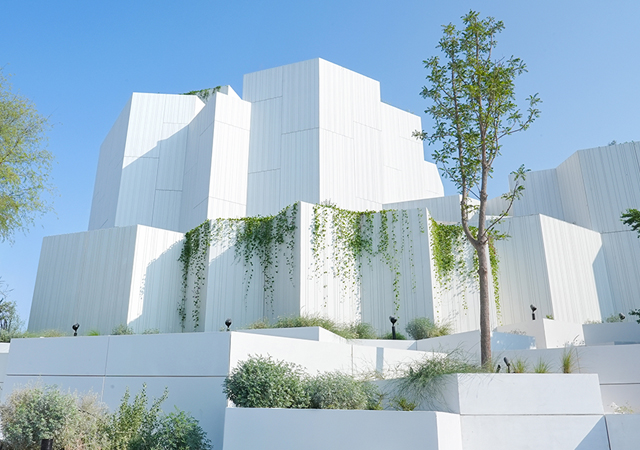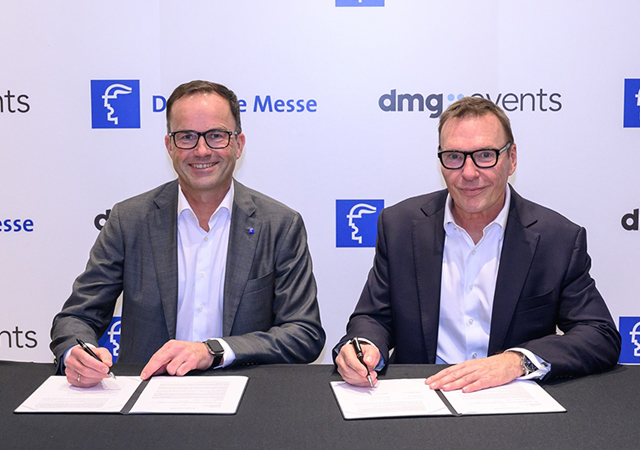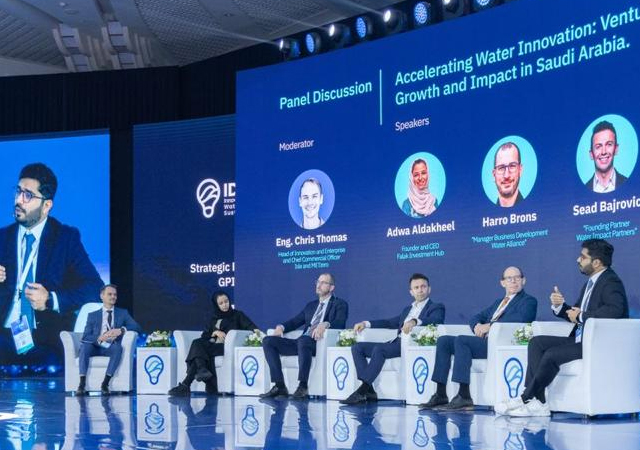
 Tapemat ... claimed to be the world’s fastest.
Tapemat ... claimed to be the world’s fastest.
TENSILE fabric structures are being used in innovative ways both as protective sun shades and aesthetic features in a range of projects in exterior applications such as landscaping, canopies and car-parks as well as to create light airy roof structures for buildings in the Gulf region.
Fabrication of these structures, which comprise lightweight material such as PVC-coated polyester (polyvinylchloride) and Teflon-coated glass PTFE (polytetrafluoroethylene), is facilitated by the use of welding tools from Leister Technologies, a specialist in welding machines and hand tools, says BMC Gulf Trading and Contracting, the exclusive sales and service partner for the Middle East for the Swiss company.
These welding tools proved their worth in a large fast-track landscaping project in Leister’s domestic market. To create the “City Sky”, giant printed nets were hung at different heights over several streets and squares during the summer months, enhancing the aesthetics while providing shade.
 |
The material used was Verseidag’s seemee Mesh Standard, a PVC-coated polyester fabric which is light and translucent and yet provides protection from the sun’s rays.
“Various artists of international renown were enlisted to design the individual sectors. The result was an impressive total work of art which changed the city’s ambiance,” says Christophe Von Arx of Leister Process Technologies.
“The whole project, right from plotting (printing) the first stretch, to the manufacture and to the installation high above the city took just one month. Close co-operation between various companies was crucial to meet the deadline. One company did the digital printing, another fabrication, and a third the final joining and hanging of the fabric on the building fronts,” he says.
The mesh fabric was processed with a welding machine from Leister and was suspended with polyester ropes to eyebolts the same night. The assembly was performed between one and five in the morning before the rush hour.
“The largest works of art, measuring 16 m by 15 m, comprised 5-m-wide sections of different lengths that were joined together. A total of approximately 5,000 sq m of mesh fabric was printed, welded and mounted. To cope with the tensile forces of the polyester ropes, the edges were reinforced beforehand with a 48-mm-wide PVC band – a material that is also used for manufacturing lorry tarpaulins. The welding of the edging band and the fitting of the eyes and half-rings to the works of art was something unique even for the company that was carrying it out – a specialist in oversize advertising banners,” von Arx points out.
The band, which was welded on with a Tapemat welding machine from Leister, is able to withstand a tensile force of 1,300 kg. “The edge reinforcement by tape is easier and quicker than seaming and meets the high requirements for stability and safety. An eye was fitted every 80 cm to allow the prepared sections to be joined later with cable ties. Half-rings were fitted to the long sides every 2.5 m to which the polyester ropes were fixed. The 1,000 half-rings were first tacked with Hot Jet S, a hand tool from Leister and then sewn,” he explains.
 |
The Hot Jet S ... handy help for details. |
Hot Jet S is the most compact hand tool from Leister – weighing just 1.3 lbs, including its cord and slim handle – ensuring fatigue-free welding and high power. The low-noise tool features electronic steplessly controlled temperature and air flow and electronic heating element protection.
A total of 2,500 m of PVC tape were processed using Leister’s tools.
Tapemat, which was purchased specially to ease work on the project, processes up to 20 m of tape per minute – making it the world’s fastest tape welding machine, von Arx claims.
The machine, which is simple to operate, offers high welding speed, and features a process-optimised nozzle that ensures high welding quality, maintenance-free brushless blower, practical tape mounting and easy-to-exchange counter-pressure roller.



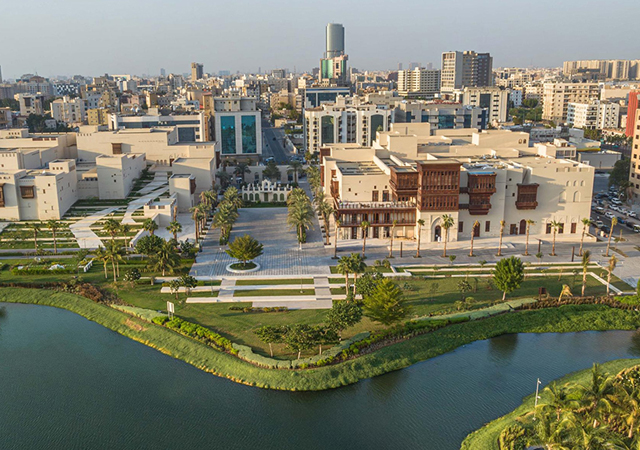
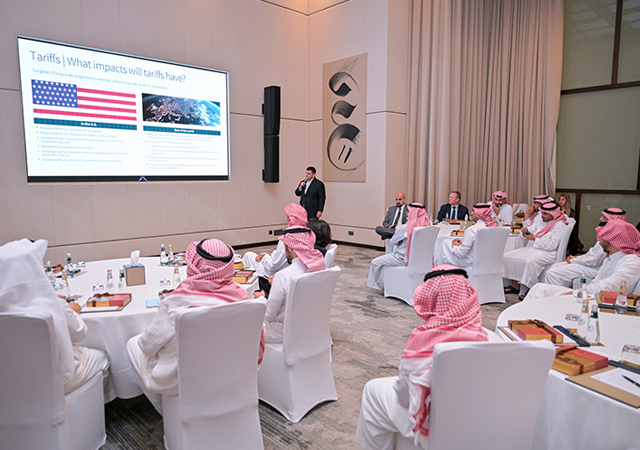
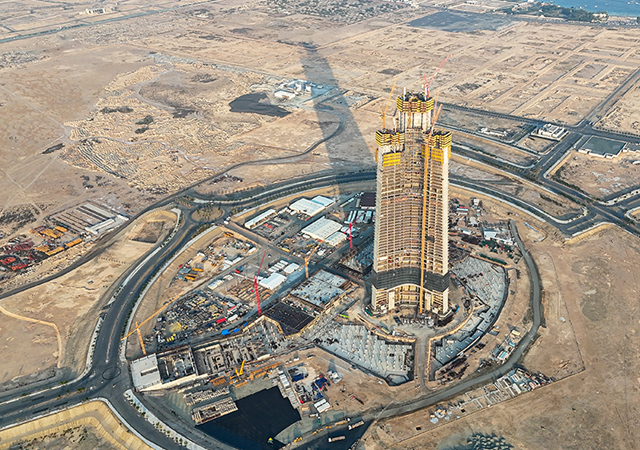
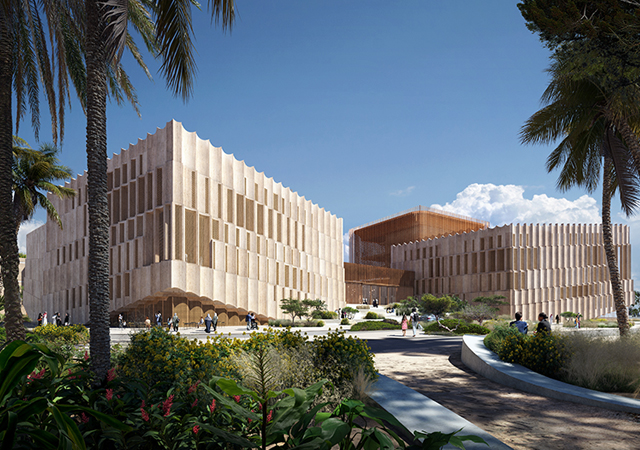

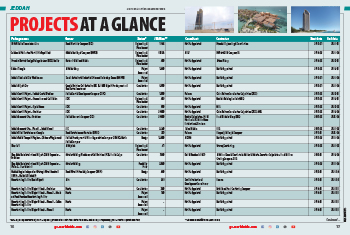
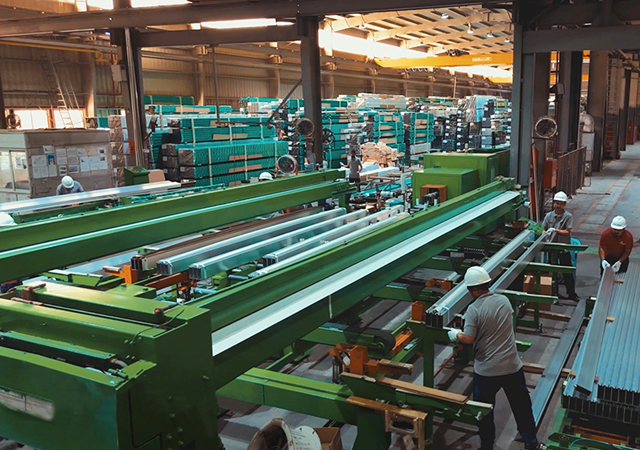

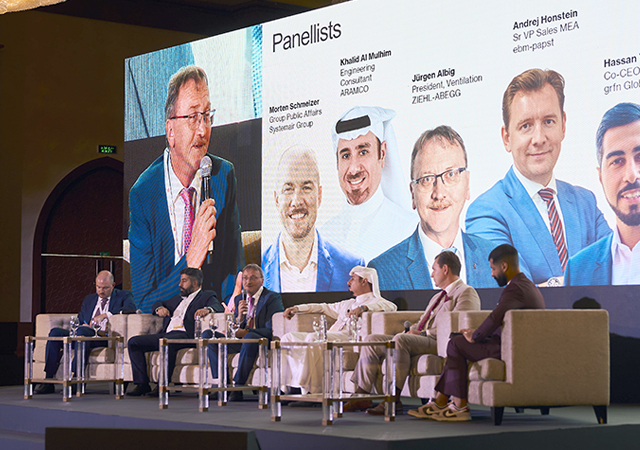
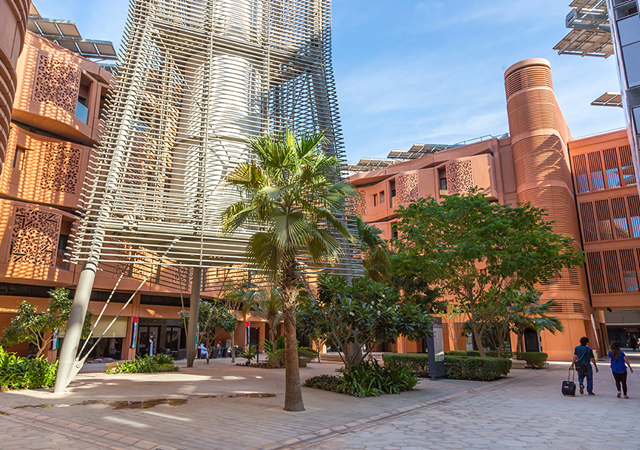
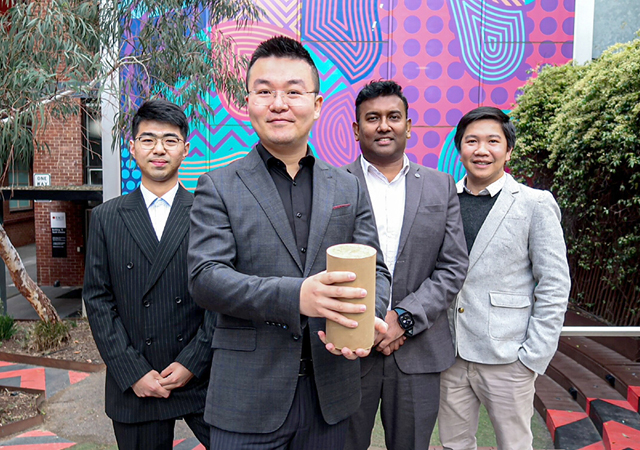

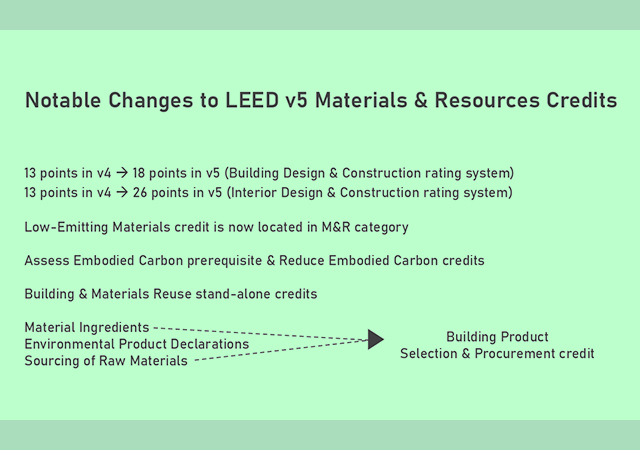
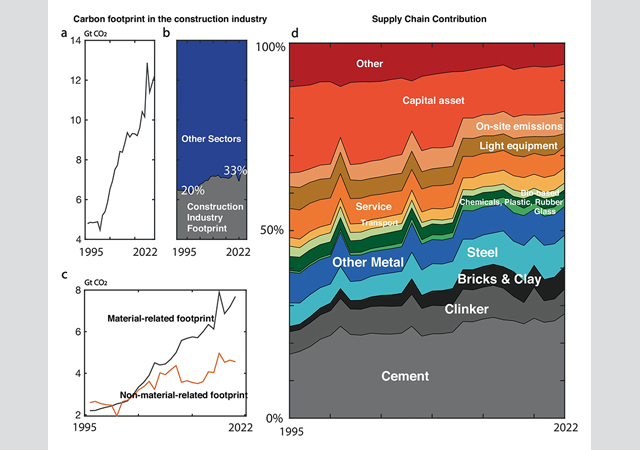
.jpg)
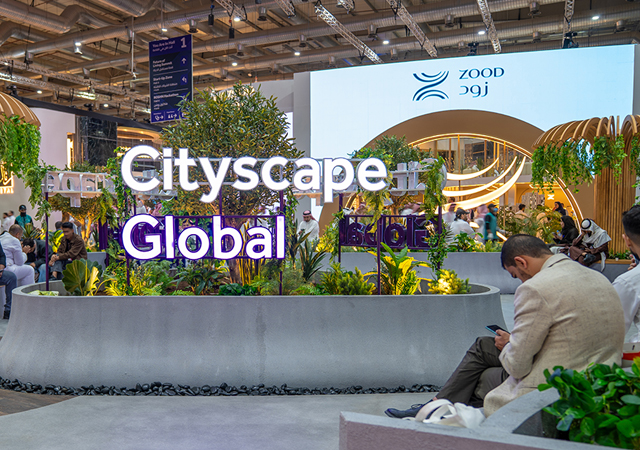
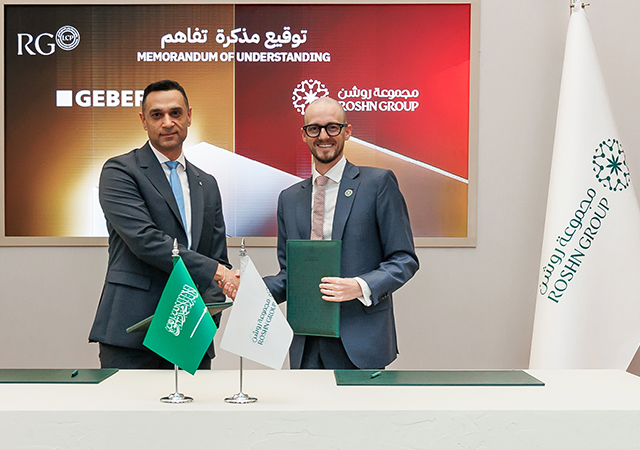
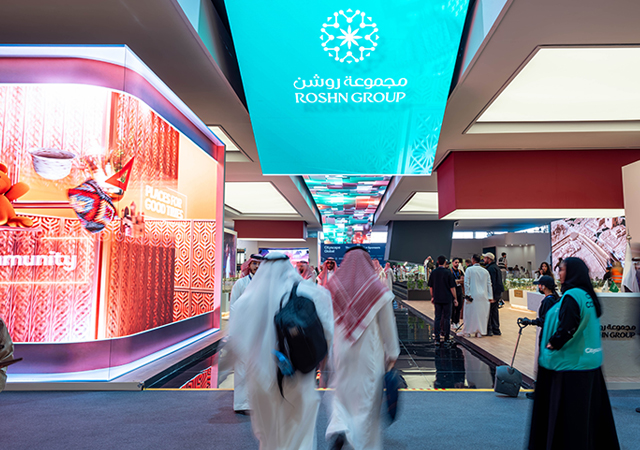
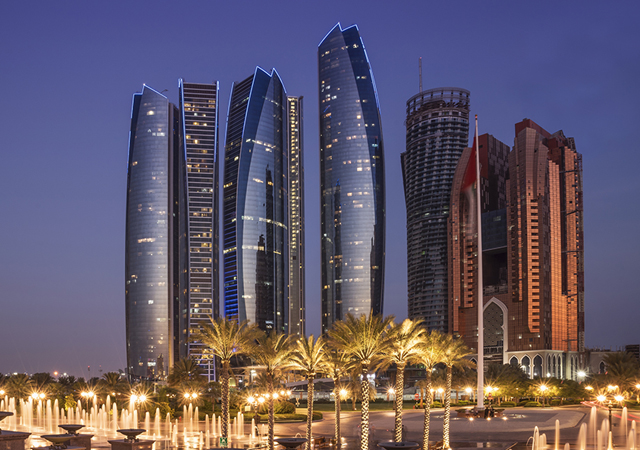
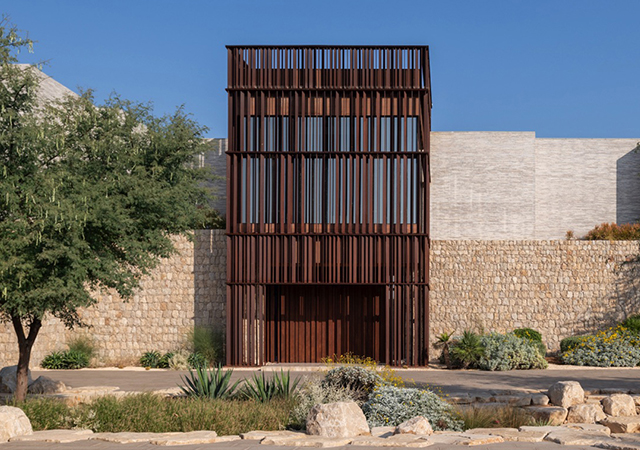
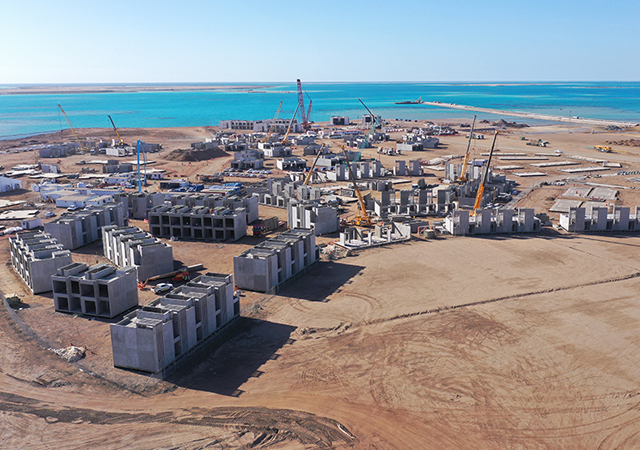
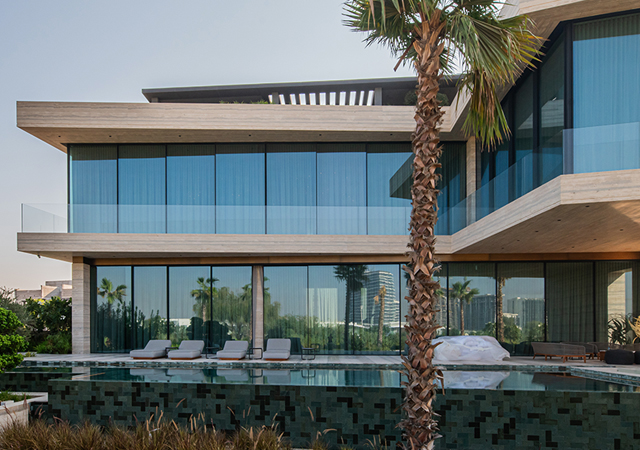
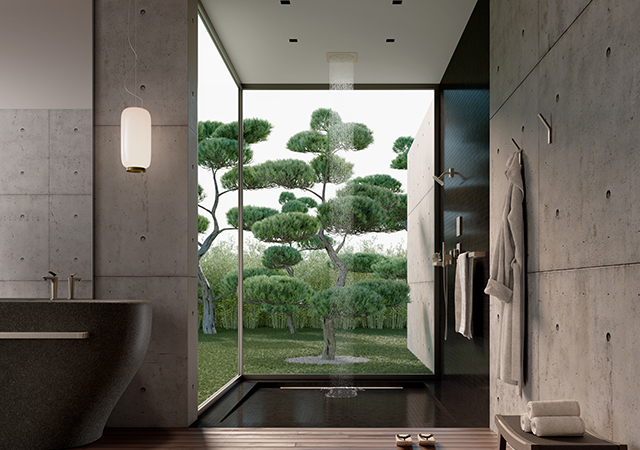
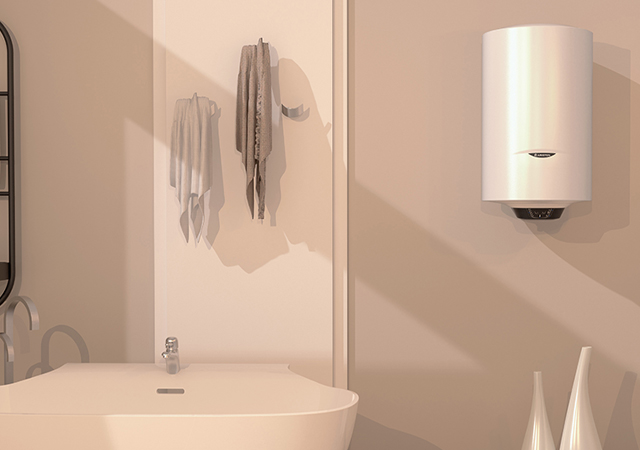
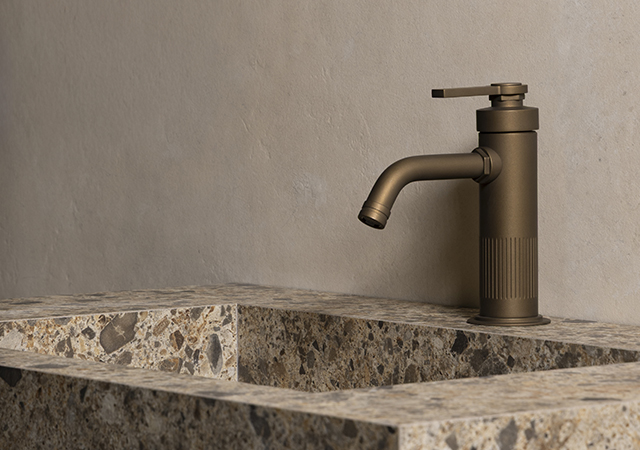

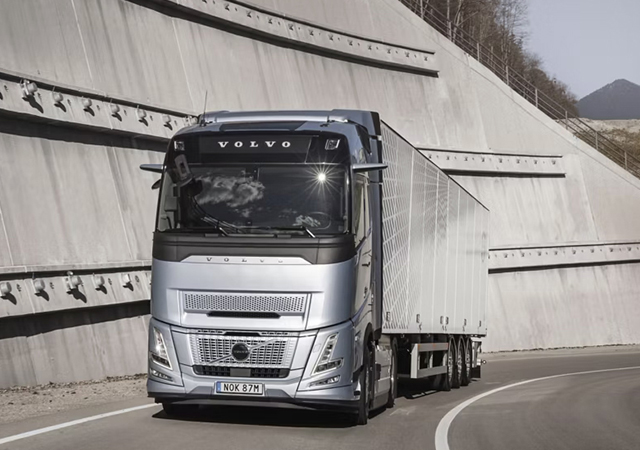
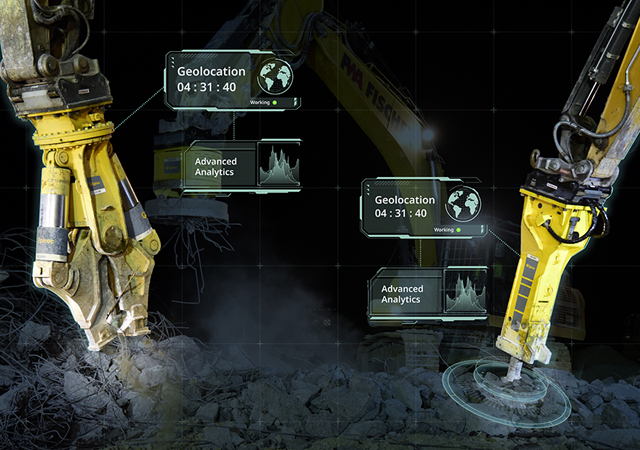
 (1).jpg)

